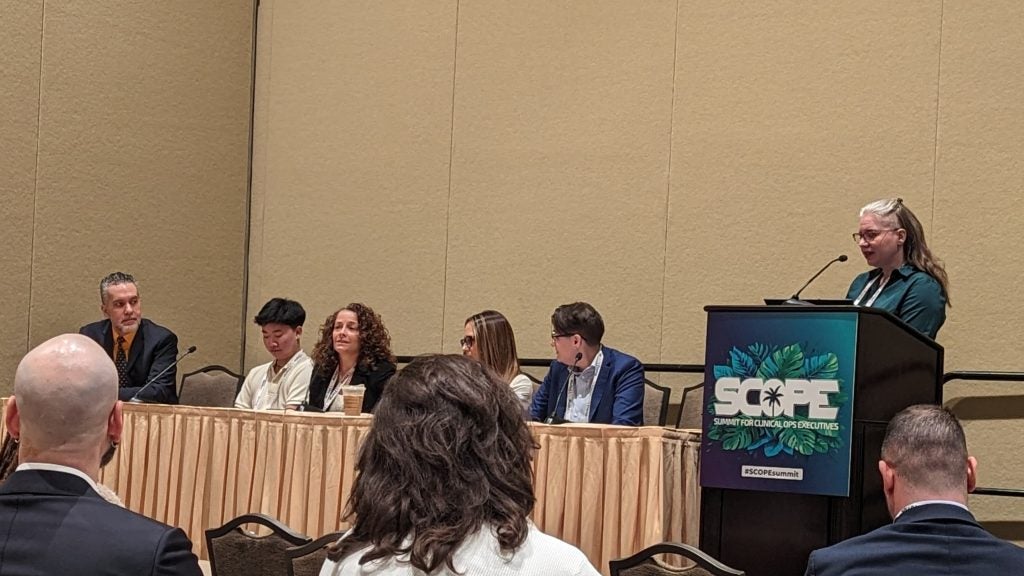Changing the language used in trial protocols and continually conversing with sites are some ways by which trialists can make clinical research more inclusive of the LGBTQIA+ community, say experts.
On the fourth and final day of the 2024 Summit for Clinical Ops Executives (SCOPE) Summit held in Orlando, a panel discussed the most important changes that can make clinical trials more inclusive of the community.
Shir Netanel, associate director of patient advocacy and clinical trial advocacy for Janssen, spoke about her experience with the company launching a transgender-inclusive Phase III trial for prostate cancer. Netanel mentioned how changing the language to be gender neutral, for example, allowed the protocol and eligibility criteria to include any patients who are affected with prostate cancer, regardless of their gender.
Additionally, Janssen has also created and deployed a toolkit at trial sites to help investigators be more inclusive, she added.
Michel Reid, head of global demographics and diversity at GSK, said that sponsors cannot keep using the same sites for every study if there are issues with inclusivity. However, in some cases, especially with higher performing sites, educating them on better ways to support people in the community can be a big improvement, he added.
On the role of sites in making trials more inclusive, the Healthcare Equality Index is a helpful tool for sponsors when they are choosing sites and can help overcome these kinds of barriers, said Sandra Amaro, head of clinical trial diversity at Pfizer.
Netanel, who is a member of the LGBTQIA+ community, concluded that it is not enough for those of the community to raise these issues and advocate for changes. “There is so much more power when it is not just members of the community talking about this.”
A previous report by the Clinical Trials Arena found that there was a big lack of inclusion of the LGBTQ+ community in trials, partially due to the increase in restrictive LGBTQ+ bills.









